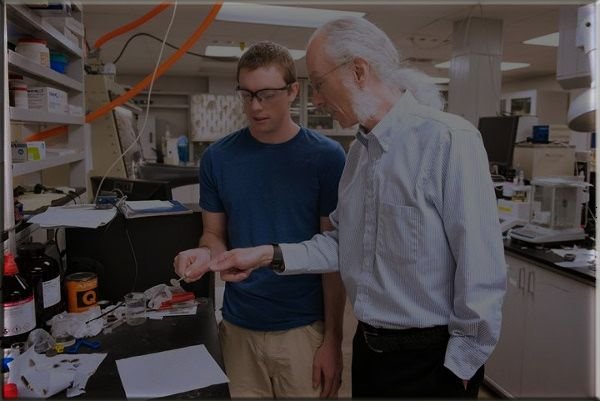Researchers continue to work on creating new Lithium battery technologies that have longer power cycles than commercial batteries in general that are widely used by the public. This is considered important because of its use that already covers other fields. Not only for portable electronics, but also exploring in the field of military, automotive, aerospace and may be exploring in other fields.
The study results are published in the journal Nature Communications, where scientists describe ionic liquid at room temperature has attracted much attention in recent years due to its remarkable physical properties, including high temperature stability, broad electrochemical space and low vapor pressure. This work provides new science related to the silicon-based interfacial stability that brings positive exposure to electrochemical ionic liquids.
@Research Lithium-ion Battery More Durable

New technology Lithium-ion batteries have high energy density, no memory effect, and will lose little energy if not in use. This is what inspired researchers to do research. Scientists from Arizona State University are exploring new energy storage technologies that can provide power cycles. The study was led by Prof. Dan Buttry of ASU, Jarred Olsen and Tylan Watkins, they studied ionic liquids.
According to Buttry, they use a device called quartz crystal microbalance to measure very small mass changes in a thin film on the surface of the battery material during charging and discharging. One of the keys to the success of lithium battery materials is that they developed a thin film that protects the surface of the battery electrode, which can extend battery life. This study documents the development only on film in a new type of battery formulation that has many more attractive features than existing commercial lithium batteries. Future scientists hope that the new Lithium battery technology formulation will give way to commercial use.
This is not a measurement that is considered trivial because composite film, which means the film of the active ingredient in the polymer matrix is often difficult to use in quartz crystal microbalance. Mostly not all, such quartz crystal microbalance studies use very thin films of the active ingredient only, in other words special deposition methods should be used. Most interestingly, that scientists are able to make measurements on many films, something that might seem realistic on commercial batteries.
By combining a high-performance silicon electrode design with a room-temperature ionic electrolyte liquid containing a new bis-fluorosulfonylamide anion, the scientist proved a highly energy-intensive lithium-ion cell with a longer life span. This technique maintains a capacity of more than 75 percent in excess of 500 usage and charging cycles with almost perfect efficiency, no wasted electrons.
The study states that the new Lithium battery technology as energy storage still has a great chance to be explored, along with the new technological changes that come quickly. This is especially important when considering where storage is important, such as electronic media storage and electric vehicles. Most commonly, there are many reasons why modern society demands more power in solid energy.
In the foreseeable future, silicon anodes have been proposed in place of carbon-based anodes found with device usage, as new Lithium lithium technology potentially provides nearly 10 times the energy density of modern anodes. This technique can bring energy development one step closer to realizing more energy-dense batteries with silicon anodes.
ASU researchers explore longer life cycle for batteries, 05 March 2015, by Arizona State University
Journal ref: Stable silicon-ionic liquid interface for next-generation lithium-ion batteries. Nature Communications, 2015; 6: 6230 DOI: 10.1038 / ncomms7230
Hi! I am a robot. I just upvoted you! I found similar content that readers might be interested in:
https://www.sciencedaily.com/releases/2015/03/150306181738.htm